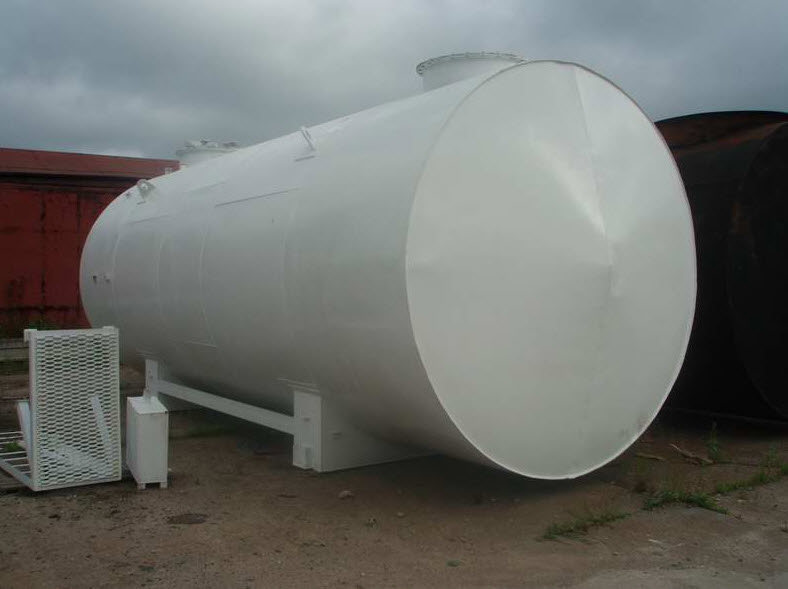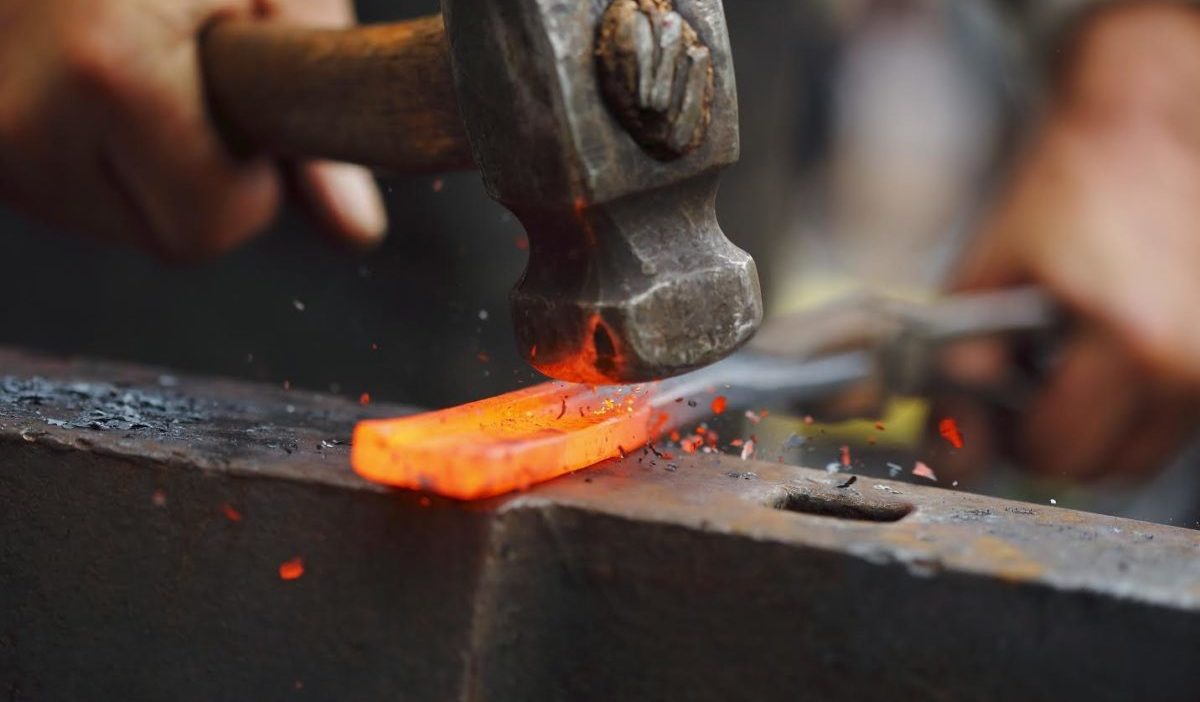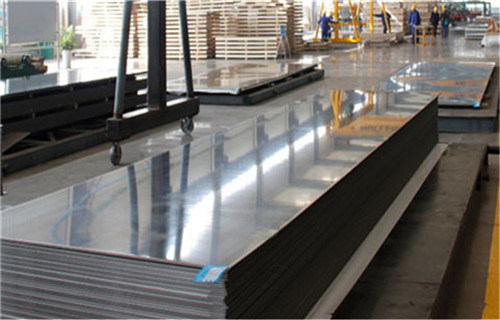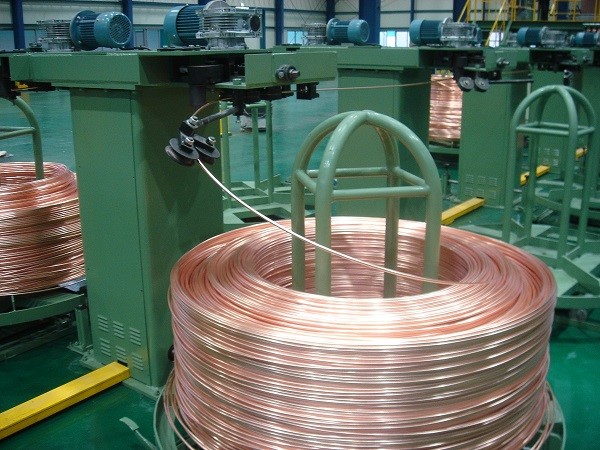Zinc casting
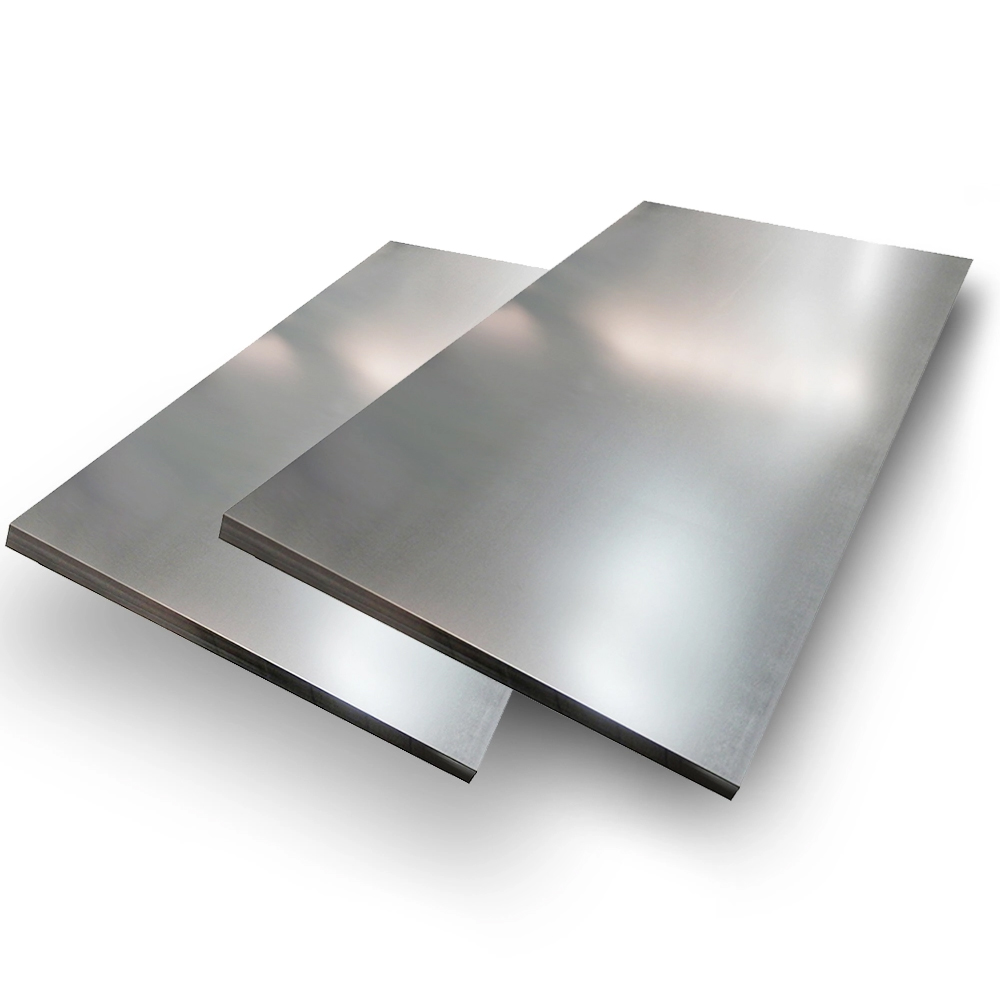
What is Zinc Casting?
Zinc alloy products find utility across a range of industries and everyday scenarios. These alloys offer heightened ductility, a characteristic that facilitates the creation of intricate castings with exceptionally thin walls. Zinc casting of rolled metal boasts a non-reactive nature, ensuring it does not adhere to the metal's surface.
Zinc alloy castings exhibit attributes such as low surface roughness and dimensional precision. Components produced through injection molding are amenable to further processing through pressure and cutting techniques.
Principal Methods of Zinc Casting In the realm of non-ferrous metallurgy, several techniques exist for casting, potentially presenting challenges for technologists in selecting the appropriate method. Discerning how an element is crafted is of paramount importance before opting for a particular technology. Considerations include:
- Ensuring the chosen casting method aligns with regulatory, technical, and operational requirements, encompassing all relevant characteristics of the resulting elements.
- The selected technology should be compatible with existing equipment and machinery.
To attain zinc alloy castings, various primary casting methods are employed, each with its distinct features to be considered. For instance, zinc sand casting is one avenue, although it's important to note that post-casting treatment of the surface might be necessary due to potential variations in quality. In cases of small production batches, die casting merits contemplation, though the potential cost associated with specialized equipment could present a hindrance.
+39 035 236452
sale@triestepg.com
Trieste Procurement Group SRL
Via Sant'Alessandro, 24122 Bergamo (BG)

